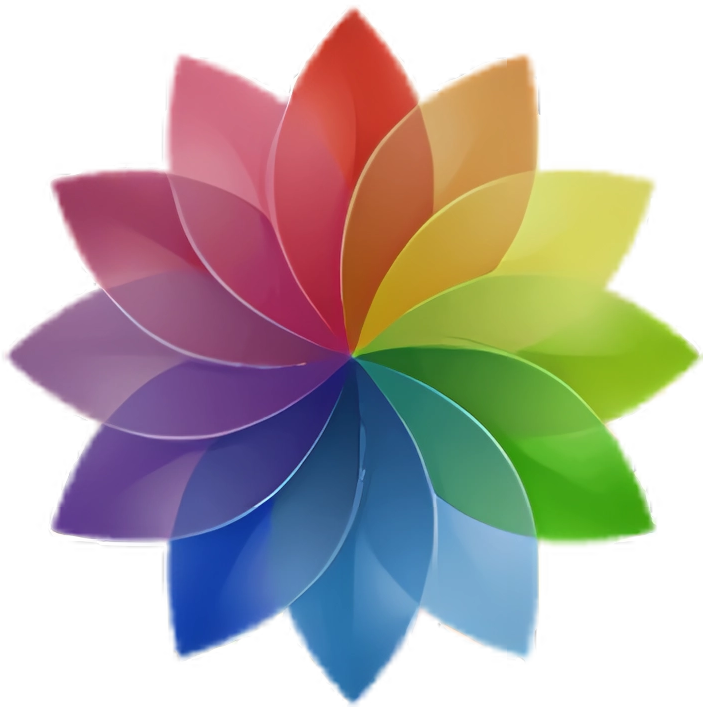Trustindex verifies that the original source of the review is Google. Bonnie is a lovely woman and a great thermographer. She gave me lots of tips on how to improve my lymph congestion, like diet changes, dry brushing, rebounding, etc. I am grateful for her and what she does!Trustindex verifies that the original source of the review is Google. Bonnie gave me a thermography scan today. I loved hearing her journey on how she became a thermography technician. She is extremely knowledgeable about thermography and clearly explained what she saw in my scan. Bonnie is a very personable and caring person, I highly recommend her and her thermography service.Trustindex verifies that the original source of the review is Google. Bonnie is amazing. She is very informative and very good at what she does. She truly cares about her patients. My Thermography report was able to provide insight to things that doctors have missed and lead me in the right direction to the answers I need. I am so thankful to have found her and I highly recommend her services.

We are committed to provide precise, reliable results. Unlike others, our imaging reports are reviewed by experienced medical doctors, ensuring accuracy and thorough analysis. This attention to detail is vital for early detection and peace of mind.